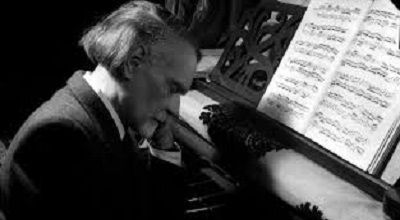Zoltan Kodaly
Zoltan Kodaly was a Hungarian composer, music educator, and ethnomusicologist. He is best known for his innovative approach to music education, known as the Kodály method. Which emphasizes the importance of teaching music through singing and movement. Kodály believed that all children have the potential to learn music and that music should be an integral part of education.
Born in Kecskemét, Hungary, in 1882, Kodály studied music at the Franz Liszt Academy of Music in Budapest. After graduating, he worked as a composer and music teacher. In the 1930s, he developed his Kodály method, which quickly gained popularity in Hungary and around the world.
The Kodály method is based on the idea that music is a natural language. That can be learned in the same way as spoken language. Kodály believed that children should learn music through singing and movement. Playing instruments rather than through traditional methods that emphasize music theory and notation.
The Kodály method has been widely adopted in music education programs around the world and has had a profound impact on the way music is taught. Kodály’s work has also influenced other areas of music, such as composition and performance. He died in Budapest in 1967.
What instrument did Zoltan Kodaly play?
Zoltan Kodaly, the Hungarian composer, ethnomusicologist, and educator, was primarily a composer and did not gain fame as a performer on a specific instrument. His main contributions were in the fields of composition, music education, and the collection and preservation of folk music. Kodály played a crucial role in the development of music education methods. Particularly the Kodály Method, which emphasizes the importance of singing. Ear training and musical literacy are important in the early stages of music education. While he may have been proficient on the piano. He did not have a primary instrument associated with his name in the way some other composers might.
